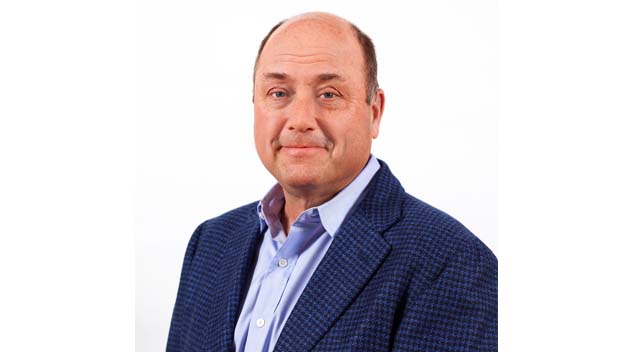#Andrew #Schoelkopf #Antiques #Arts #Weekly
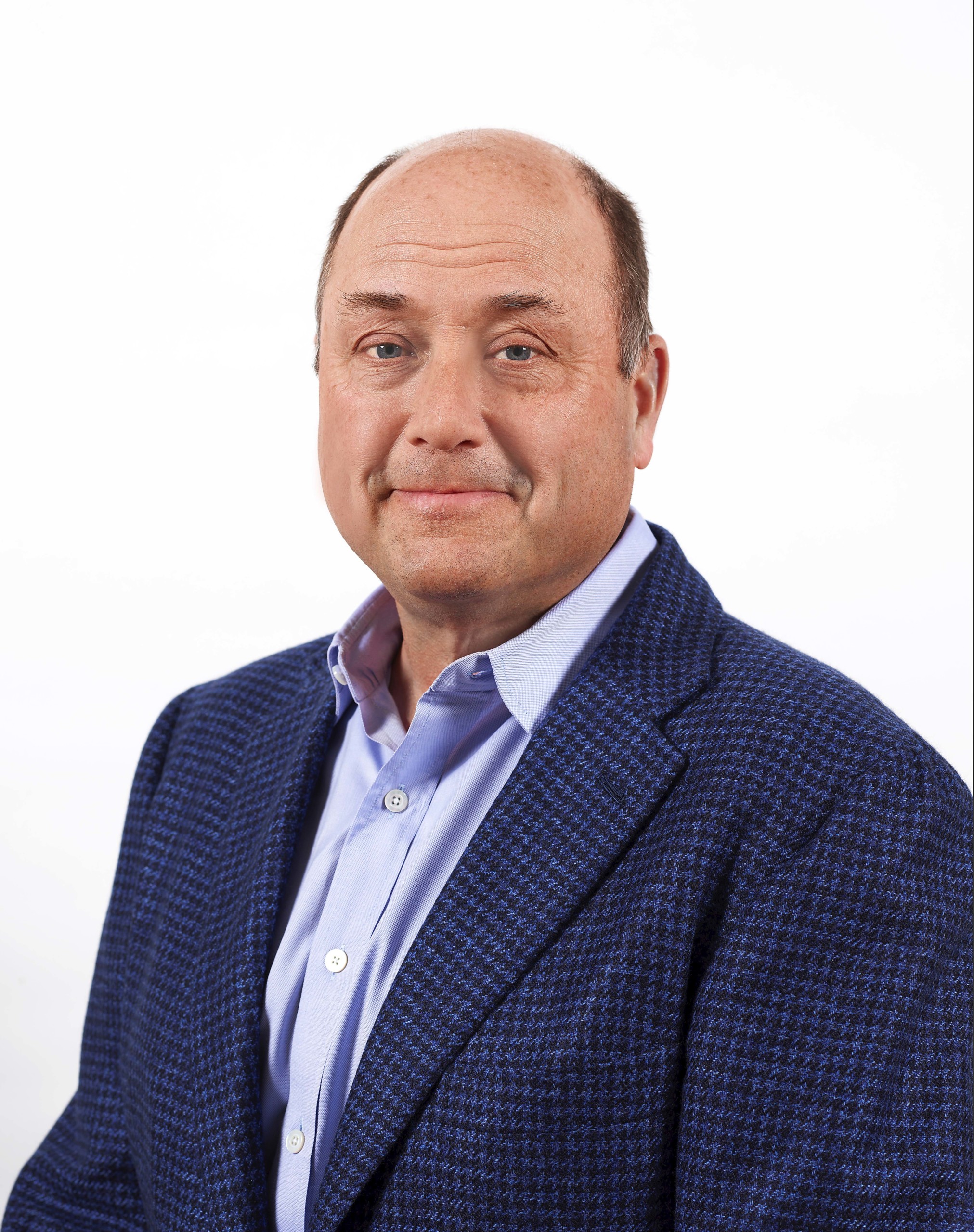
The New York Times has called TriBeCa “New York’s Most Vibrant Art Scene,” so it is perhaps unsurprising that familiar faces are moving into the area to benefit from its mood and scene. One of the latest galleries to do so is Schoelkopf Gallery under the direction of company owner, Andrew Schoelkopf. The firm, a leader in the American art field, has christened its new space at 390 Broadway with “Arthur Dove: Yes, I Could Paint a Cyclone,” which will be on view through December 1; the exhibition brings together more than 70 works by the artist in several different media. Antiques and The Arts Weekly took the opportunity to catch up with Schoelkopf on what prompted the move, what the new space means to the gallery and what plans he has for it in the near future.
Congrats on the move! What prompted it?
Change. Lots and lots of change, and also need and opportunity. First and foremost, our clients’ needs have changed profoundly, and they made it clear they wanted to engage with us in different ways. We saw this coming gently, but due to the pandemic, the changes have been much swifter than we anticipated so we had to step on the gas. We have grown our team by six people, and that required more space for us. The gallery’s inventory has also grown a lot, and our client list has quadrupled in five years.
Schoelkopf Gallery is excited to do much more programming and more events. We will be announcing over the next 12 weeks some significant new representations of artists, estates and foundations so there are some new stories to tell. We are excited to lean into this unusual opportunity for the gallery and to engage a larger and growing international community.
Tell me about the new space. Does it offer features lacking in your previous space?
The new space is exciting because we found a large open space in an old industrial building with a lot of promise. It offers the height and natural light we craved, four walls and almost nothing else. It was a blank canvas which we were able to build out purposefully for different kinds of public and private engagement. There are public exhibition spaces, which are certainly ample, and the private viewing rooms are infinitely better than what we could find uptown. It is also in TriBeCa exactly where we wanted to extend our roots.
Markus Dochantschi of studioMDA and his colleagues designed the space — he was recently celebrated for building the “soft white cube” for a number of leading galleries in New York. Markus put his elegant touches on the space, of course, but he listened intently to the needs of our community and our team, so it is also quite different from other spaces Markus has designed.
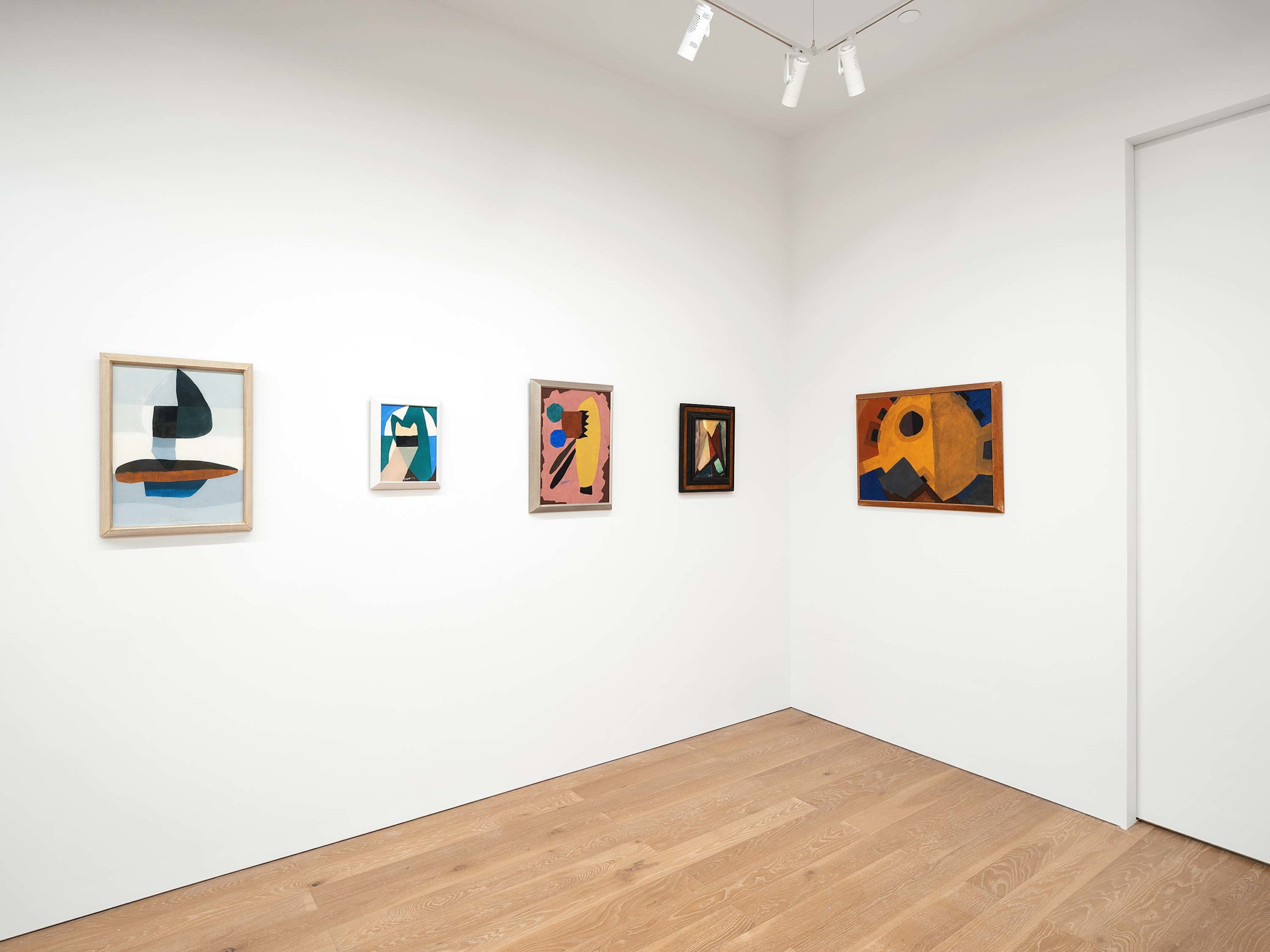
Schoelkopf Gallery: “Arthur Dove: Yes, I Could Paint a Cyclone” Installation view. Olivia Divecchia photo, courtesy Schoelkopf Gallery.
You’ve inaugurated your new venue with an exhibition on pioneering painter Arthur Dove. Why was Dove your choice for this?
Arthur Dove was an artist of extraordinary import and truly a pioneer — maybe the first to make a non-objective work of art in the United States. Candidly, he is also one of the toughest for us to pull off because there are so few works in private hands and there are roughly 500 important works, which is a fraction of many other artists. The gallery’s exhibition includes 76 works, of which about a third are for sale. Arthur Dove is also very fertile soil to till — there are many who know his work intimately, and the recent Balken catalogue raisonné helps a lot. There is a growing international audience for his work and the exhibition allows us to engage a totally different community which is eager to learn about the artist. I am most proud of the fact that our team uncovered and includes in the exhibition works like Dove’s 1912 “Music” and the later “Tanks and Snowbanks” and several other works which the public has not seen in more than 50 years.
Talk to me about the evolution of Schoelkopf Gallery since its founding (when was that?) and what are some of the key moments in its history?
Schoelkopf Gallery is a new (2021) name for the business I founded in May of 2001 as Menconi + Schoelkopf with my partner Susan Menconi, who retired in 2018. The name also harkens back to my start in the art business and my family — my father founded the Robert Schoelkopf Gallery in 1958 and I joined his gallery in 1989. Alana Ricca joined the firm in 2018 and is spearheading the creation and publication of the gallery’s magazine, Now Modern. That publication has truly transformed the brand and is our future. Developing Now Modern during the pandemic was definitely a turning point.
Today is the most important milestone, though — the gallery’s move to TriBeCa now is the fulfillment of a strategy I devised most of a decade ago to step away from the role of private dealer to grow the business through engaging a new audience through programming, rich content and a huge investment in scholarship. I hoped that would be engaging and it is clearly working — approximately 30 percent of our sales the past four years are to clients we did not know previously. I expect that to accelerate with the new investments we are making.
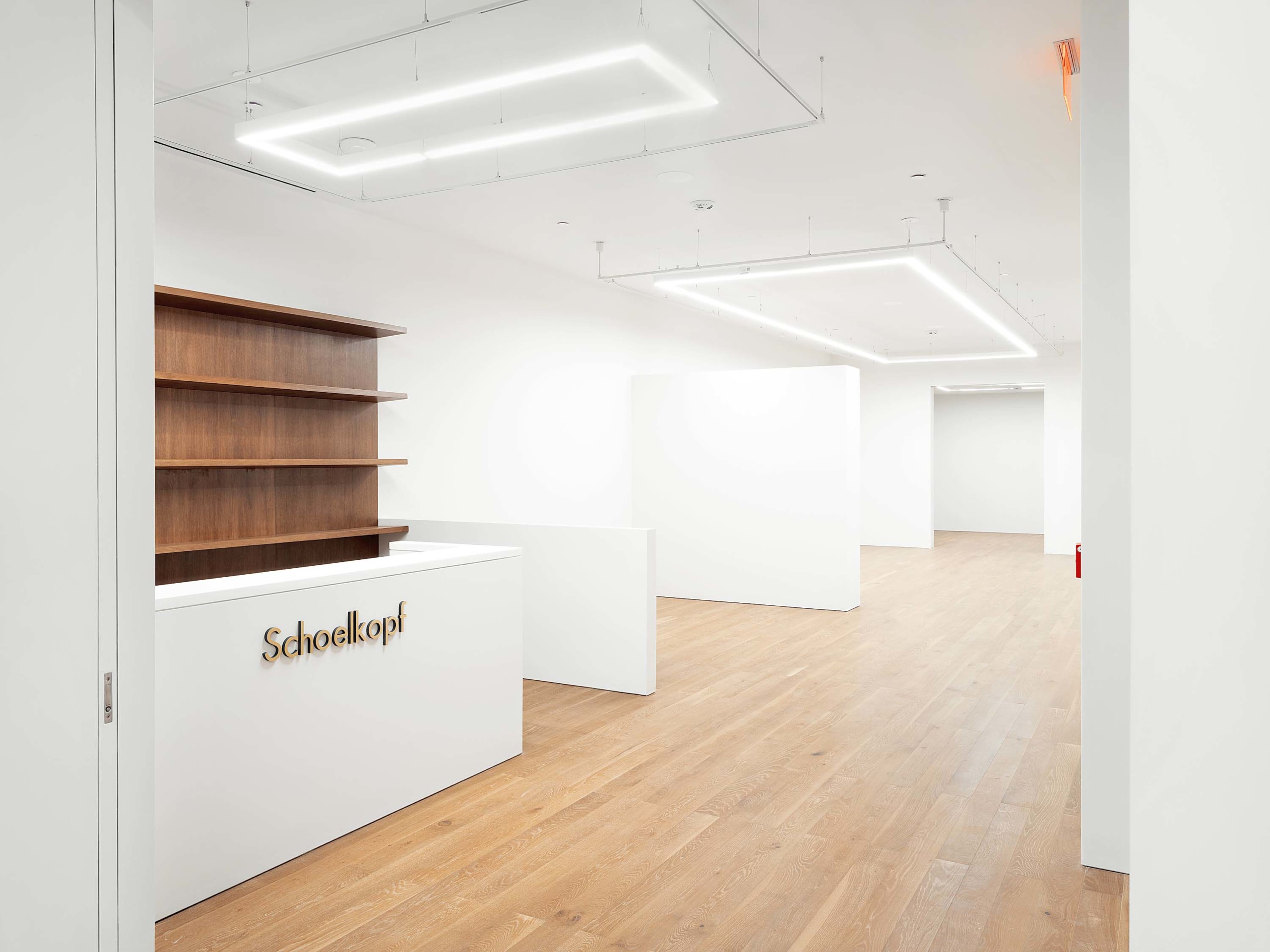
Schoelkopf Gallery at 390 Broadway, empty installation. Olivia Divecchia photo, courtesy Schoelkopf Gallery.
What are the current exciting trends in American Modernist art, either in terms of audience or genres within the field?
It is a time of intense change in many ways. Of primary import is how “American” and “Modernism” are being redefined by our culture and bigger community. That has brought so much joy and opportunity to the gallery, and we can introduce and support many great artists such as Elizabeth Catlett, Felrath Hines and other artists who were always American and always modern but didn’t get enough credit.
There are also some very predictable rhythmic changes that are reemerging. Some are regional and some are global. The most notable is a rapid growth in international interest in American Modernism for artists like Thomas Hart Benton, Charles Burchfield, Arthur Dove, Edward Hopper, Marsden Hartley, John Marin, Georgia O’Keeffe, Andrew Wyeth and others. This feels fresh and new, but I am old enough to know that it is a return to an urge which has blossomed four or five times the last century and repeats itself as it did in the late 1970s and early 1980s. Burchfield was shown in Europe in the 1920s, Marin in the 1920s and 1950s and so on.
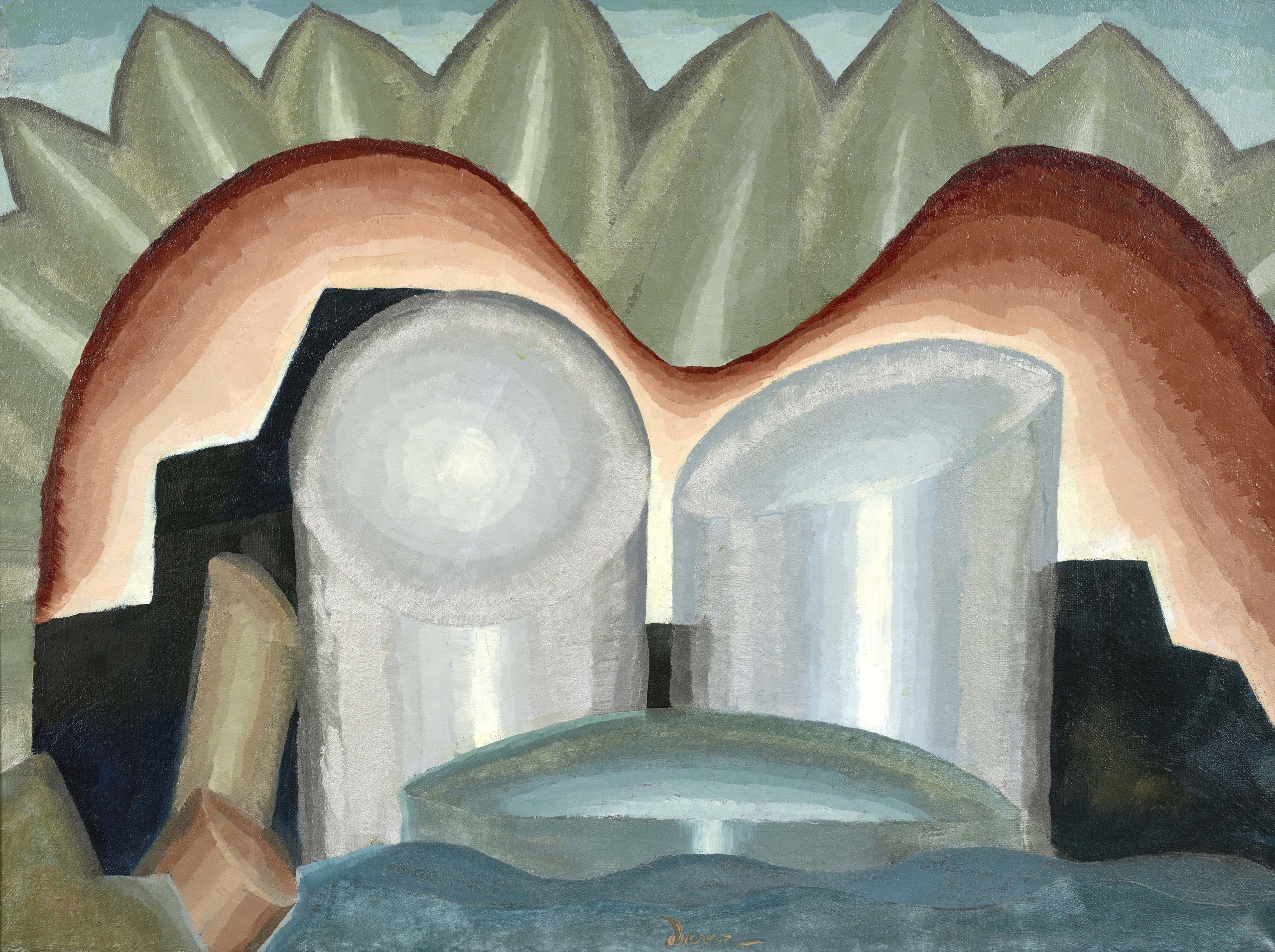
“Tanks and Snowbank” by Arthur Dove, 1933. Photo courtesy Schoelkopf Gallery.
Your Dove exhibition closes on December 1; do you have plans for the next one? What can you tell me about that?
One of the coolest things about our new space is that we don’t need to focus on only one “exhibition” at a time, so we will also produce other smaller shows this fall alongside the large Dove exhibition. We call these smaller shows “Intimate Discoveries,” and we can still present content, new scholarship and information, but we don’t always have a traditional publication dedicated to them. They are usually developed into features in Now Modern magazine which we publish twice a year so they still blossom in a thoughtful publication. Personally, I prefer smaller physical installations and checklists whether we do them or a museum or another gallery presents them. They can be a better vehicle to engage and inform than a large retrospective might.
The next few on the calendar are an exhibition of Joseph Stella’s work which opened October 13 and is titled “Unsealed from Paradise.” It includes a group of works from Stella’s trip to Barbados in the 1930s, a portrait of Marcel Duchamp and one of the paintings Stella gave to Duchamp in the late 1920s.
I really love these projects because we can do a deeper dive into a segment of an artist’s career or works from a particular sojourn or whatever. That keeps the gallery’s program and programming dynamic but still allows us to meet people where they prefer whether in print, digital, or in person. The smaller salon galleries in the front of the gallery are built for this purpose, so we have a bunch of those cool “white cubes,” not just one.
We are excited about our Richard Estes exhibition at the Art Dealers Association of America Art Show. We have just announced that Schoelkopf Gallery will represent the Max Weber Foundation and there are a bunch of other artists, estates and foundations coming on board which will be announced this fall, so 2024 is already busy with Marin and Weber projects and many others. I am most excited about a significant Andrew Wyeth project we are working on for early 2024 which we are keeping the lid on for now. You should expect more from us on Benton, Hartley, Hopper and Wyeth over the next 18 months.
—Madelia Hickman Ring
[Editor’s note: Schoelkopf Gallery’s new address is 390 Broadway. For information, 212-879-8815 or www.schoelkopfgallery.com.]

